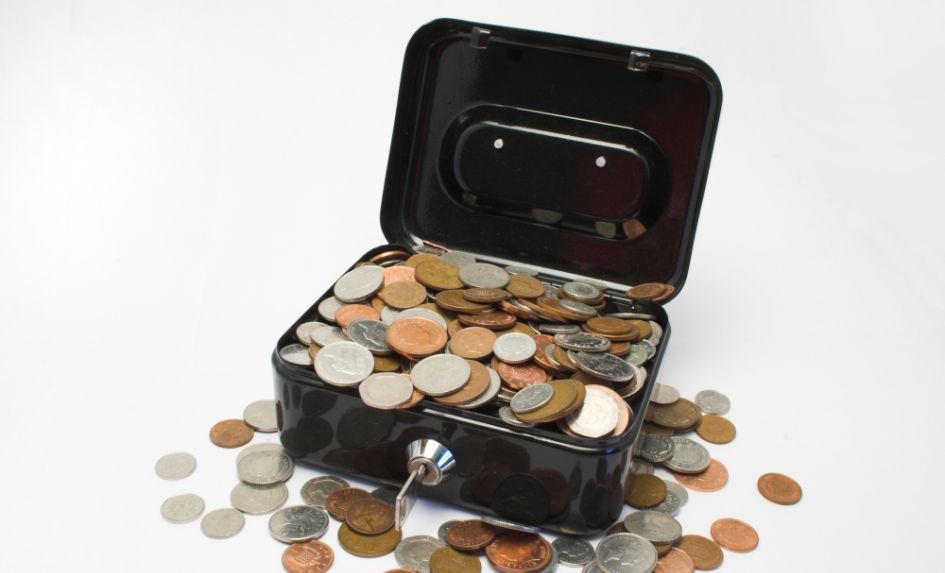The majority of schools I’ve encountered during my time as an SBM have had petty cash accounts, all with different levels of success (or failure). The first question to ask, then, is – do we actually need petty cash in our schools?
I can already feel some of you recoiling in horror at the thought of doing away with this easily accessible means of making purchases. True, it does make the buying of day-to-day consumables faster and easier, and simplifies the paying back of staff when they make quick, operational purchases.
The truth, however, is that with a bit of forward planning, it’s possible to avoid the type of purchases usually paid for by petty cash systems altogether. Why not set up an account at the local builders’ merchant for caretaking purchases? A home delivery service for the food at your breakfast and after school clubs? Use purchase cards and online supermarkets with next day delivery? Should we not be encouraging staff to take a more strategic view when it comes to purchasing, even if it’s just for small items?
If those systems simply aren’t for you and you’re determined to use petty cash, then it’s important to understand and implement some essential principles and procedures. The total funds a school holds in petty cash should be stated in its (or the academy trust’s) finance policy, alongside a statement of the maximum amount to be repaid under this system – typically £10 to £20. It’s good practice to run petty cash accounts using a sub-imprest system.
To enable accurate monitoring and control, the account should be reconciled monthly and then reimbursed with the amount that brings it up to the stated limit. At month end, petty cash tins should then be checked, counted and signed off to confirm that the amount held matches the petty cash reconciliation. All purchases should be applied for using petty cash vouchers with spend evidence, and authorised before monies are repaid.
Don’t forget the VAT! That covers the basic principles and practice of running a petty cash account, but what’s harder to manage is the staff’s view of what a petty cash system is actually there for. I’ve previously seen such funds used to pay for student travel, payday loans and other ‘kneejerk’ purchases, but that’s not how petty cash should be used. There can often be a view among staff that any given purchase is okay ‘because it can come from petty cash’.
Personally, I’m not a fan. I believe that all school expenditure should be planned for and spent accordingly, and that petty cash systems can work against this. However, it’s also true that for many schools, petty cash systems are simply necessary. But whether you use one or not, it remains the case that money provided by schools constitutes public funds, and should therefore be respected in terms of value for money and spend to outcome.
It’s surprising just how much can be spent when a system isn’t being managed properly and has no measured or planned impact.
Sue Birchall is a consultant, speaker, writer and business manager at The Malling School, Kent









